How to grow and care for star jasmine – 5 expert tips to keep this fragrant climber blooming for longer
Follow these simple care tips and you'll be rewarded with a dazzling display of sweetly scented flowers all summer

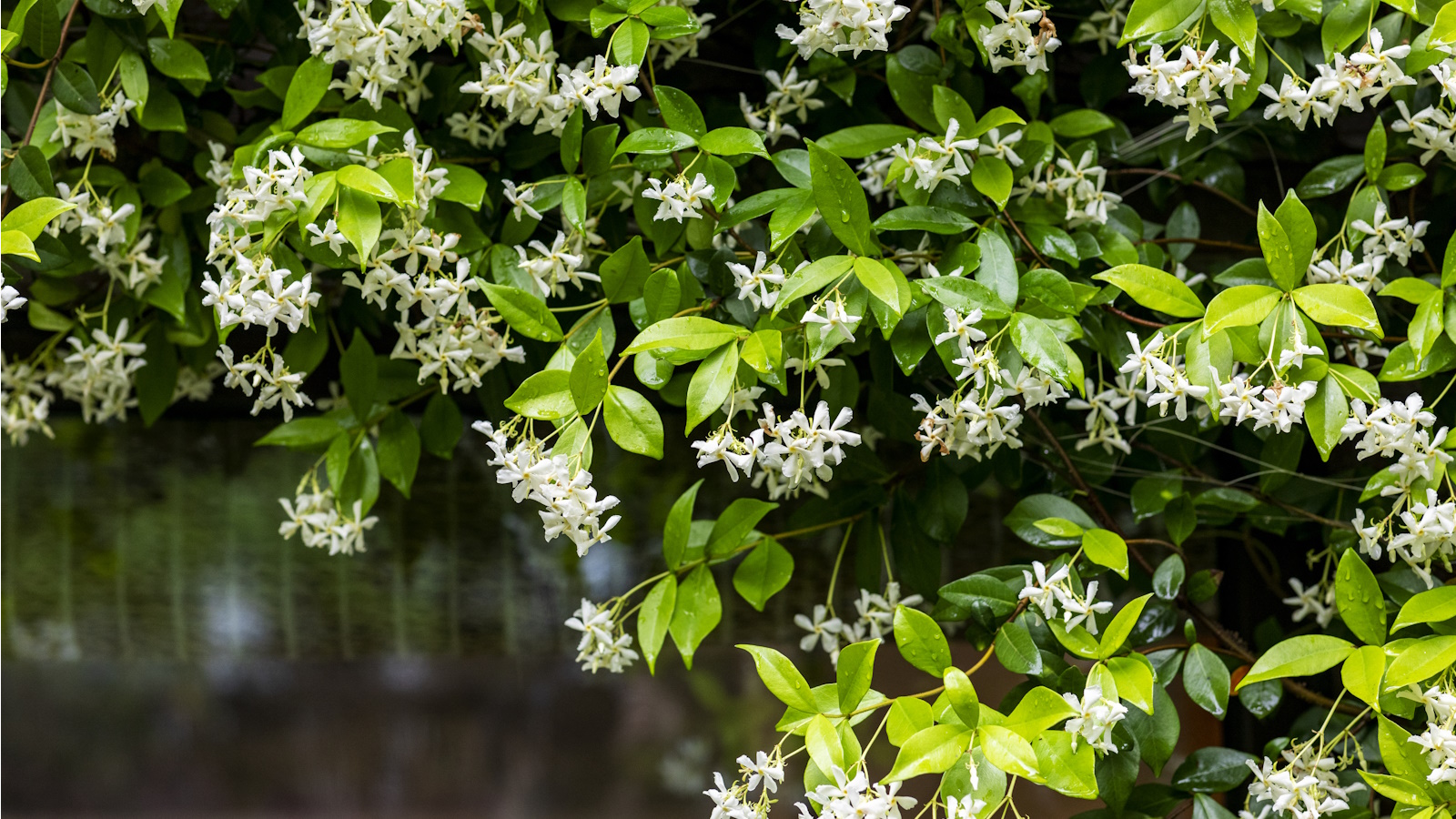
There are few things nicer than relaxing in the backyard in the heat of summer beneath a canopy of fragrant blooms, and even fewer things more charming than star jasmine flowers decorating your veranda or patio.
As one of the best evergreen climbers, star jasmine provides year-round interest with its foliage and brings dainty star-shaped flowers in summer months, granting its name. Unlike growing common jasmine, or Jasminum officinale, which comes from the jasmine family, star jasmine actually comes from the Trachelospermum genus and is also known as Trachelospermum jasminoides. It's native to south-eastern Asia and grows best in US hardiness zone 8 to zone 10.
Getting the growing conditions right for star jasmine isn't too difficult achieve, but there are a few things to keep in mind if you want to successfully create a space filled with the sweet scent of this summer bloomer. We've spoken to experts to find out more about growing and caring for star jasmine and they shared their top tips.

5 expert tips for growing star jasmine
In its native environment, star jasmine grows in plenty of sunlight, warmth and humidity. It's fairly easy to grow if you recreate its natural habitat, resulting in a beautiful summer display. There are just a few things experts recommend keeping in mind for successful growing.
1. Plant seeds in winter
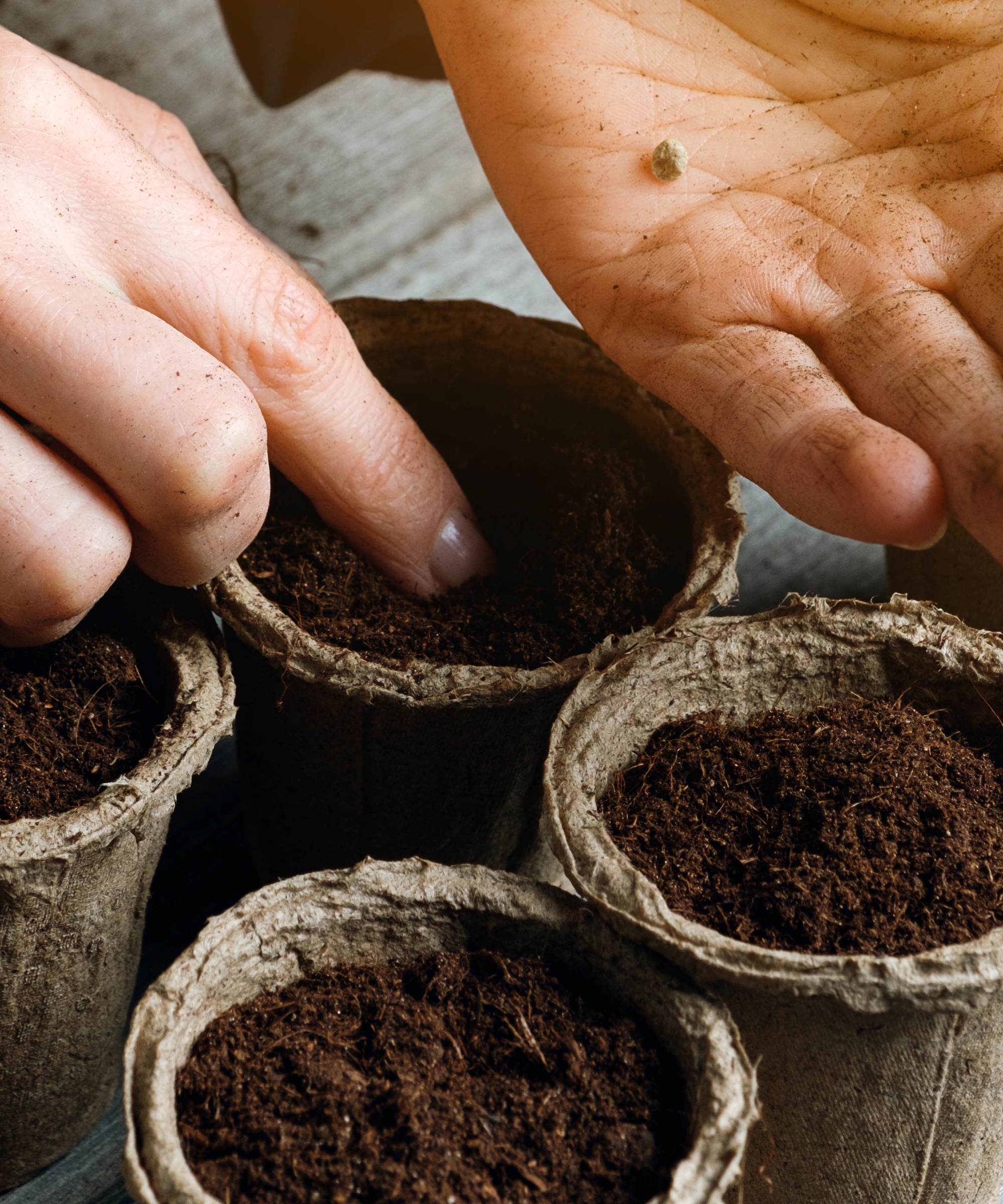
Star jasmine can be grown from seed, like with these star jasmine seeds from Amazon, and it can be wise to sow your seeds indoors to start them off.
'You need to plant seeds in the middle or end of winter - 2–3 months before warm temperatures stabilize,' says Nastya Vasylchyshyna, botany expert at Plantum.
Nastya recommends soaking the seeds for 24 hours before planting to enhance germination. You should then keep your seeds warm and moist to encourage seedling growth - keeping them in an indoor greenhouse can be a good way to achieve this.
Design expertise in your inbox – from inspiring decorating ideas and beautiful celebrity homes to practical gardening advice and shopping round-ups.
'After a couple of months once spring frosts have passed, you can transplant the seedlings into open ground,' Nastya adds.

Nastya is a professional botany expert for the Plantum app that helps identify plants and plant diseases and provides care recommendations. Her specialization is plant morphology, phytopathology, and plant physiology.
2. Choose well-draining soil

Like many late summer flowers, it's wise to ensure your soil type is well-draining for star jasmine to grow happily. These plants don't like to sit in oversaturated soil which could cause a lack of blooms, or leaves to turn yellow or red.
'I grow a lot of star jasmine in southern California and find the best soil for star jasmine is well-draining and slightly acidic to neutral (around 6.0 to 7.5),' says Marek Bowers, gardening and landscaping expert from Bolder Green.
Growing star jasmine in pots can be a great way to add extra drainage and there are lots of potting mix products that will suit it well - like this potting mix from Amazon.
'Enhance soil fertility and structure by adding compost or manure to the planting hole. Poor and compacted soils will hamper growth and blooming,' notes Nastya.
You can make your own compost and add things like banana peels for plants to help boost the nutrients available in the soil for your star jasmine.
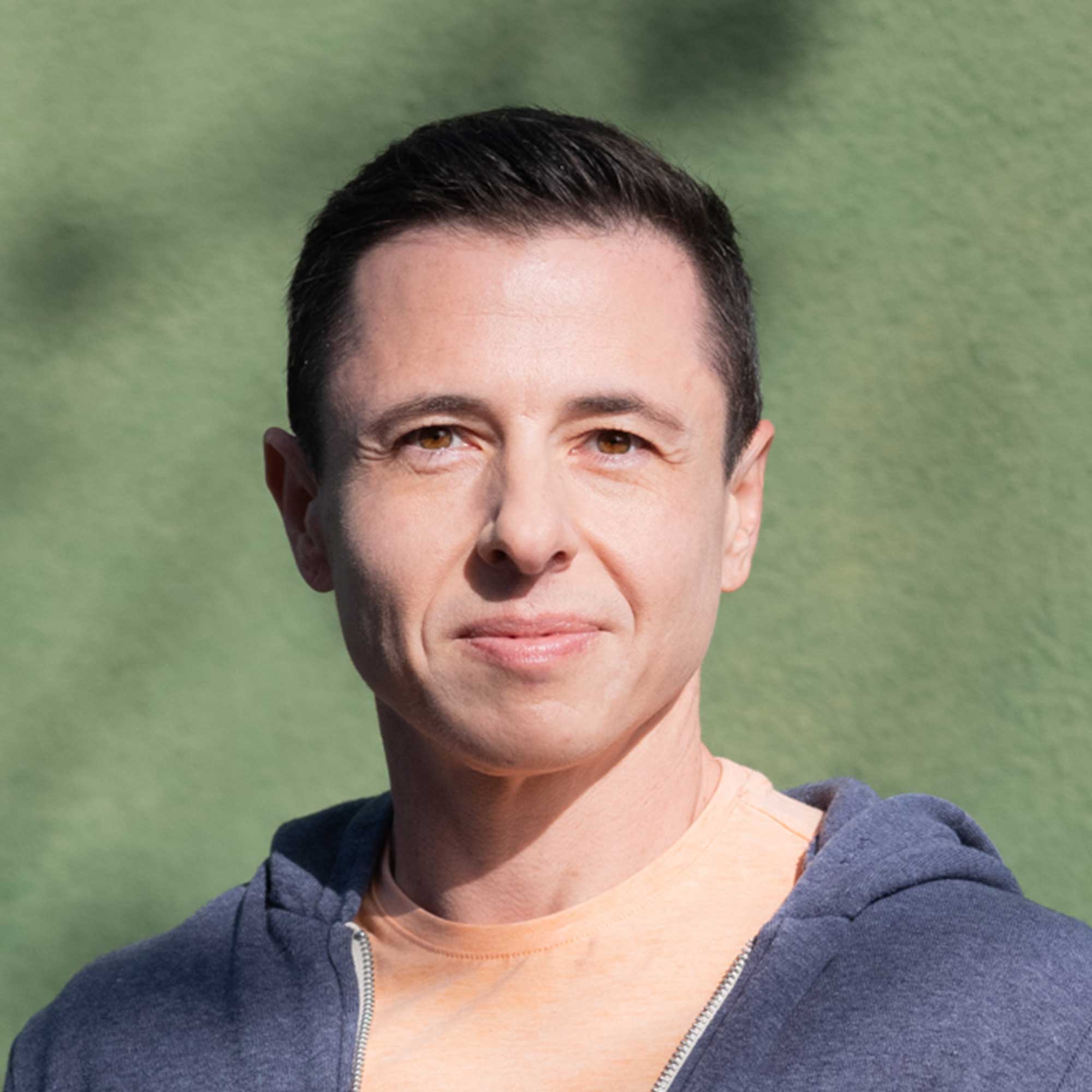
Marek is a sustainable landscaper and an expert on California and Colorado low-water rebates. Marek's website, Bolder Green, is a guide to eco-friendly gardening. Through his articles on drought-tolerant landscaping and xeriscaping, readers will learn how to design stunning gardens that conserve water and support wildlife, all while adding beauty to their outdoor spaces.
3. Avoid excessive direct sunlight

Although star jasmine is among plants that love light, too much direct sun can cause damage to its delicate petals and foliage - this usually occurs when they are planted in pots, and can be mitigated by sticking to a regular watering schedule. Experts say it's best to choose somewhere with plenty of bright sunlight, but not an extreme of direct heat.
'Hot afternoon sun, especially in summer, can scorch the leaves of star jasmine, so make sure to shield the plant from prolonged exposure to direct sunlight,' says Nastya. 'Meanwhile, full shade can hinder growth and flowering. Optimal positions include partial shade or spots with morning and evening sun exposure and partial shade in the afternoon, such as the western or eastern side of your house, garage or fence,' she adds.
Star jasmine can tolerate some garden shade but it's best to ensure it still receives eight hours of natural light.
4. Maintain consistent moisture levels
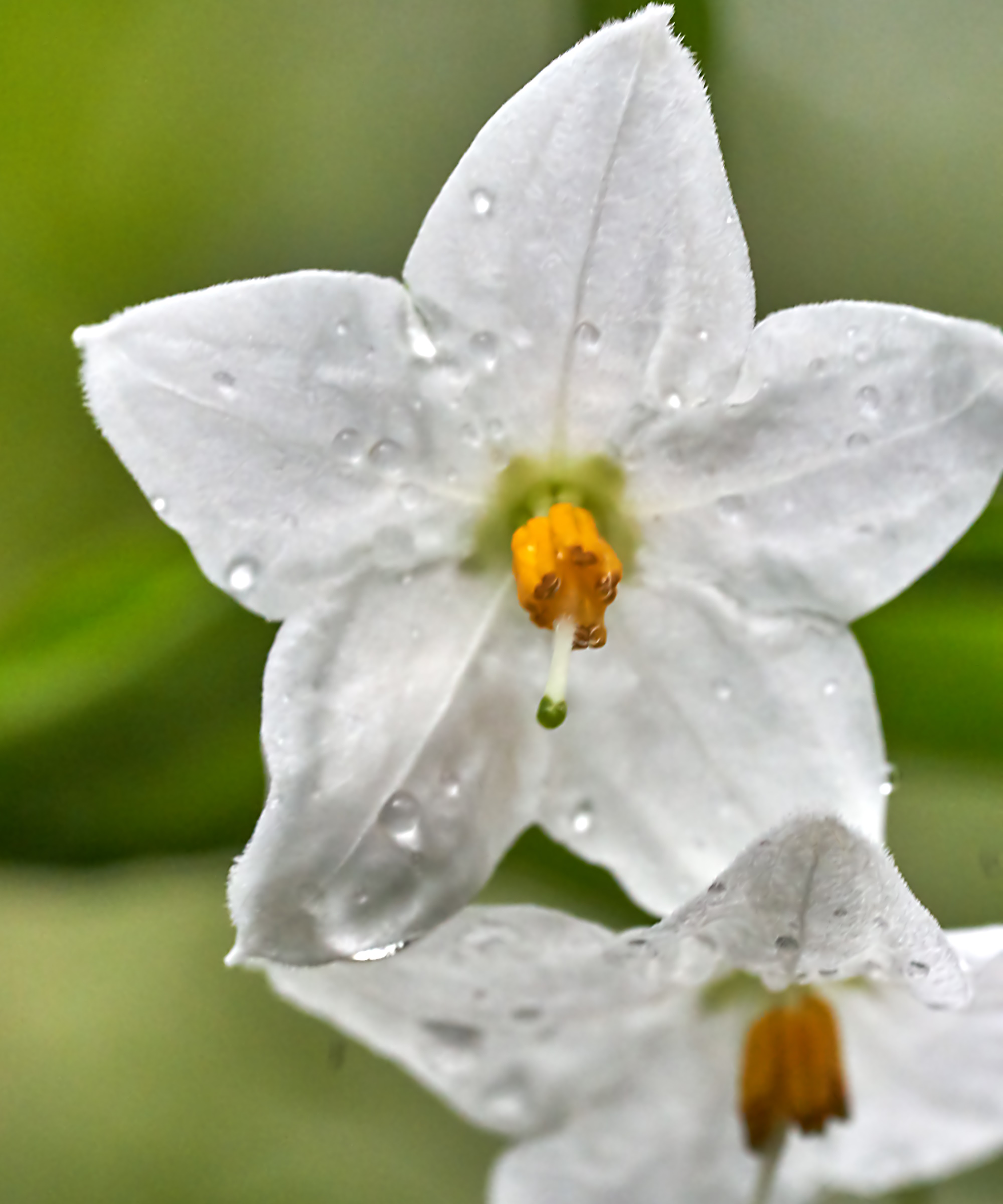
Not knowing how to water plants correctly is where many people go wrong with gardening, leading to lots of failed plants. But if you're able to quickly establish a proper watering routine for your specific plant, you'll be able to keep it thriving for longer.
'Watering should be done regularly, especially during the first growing season, to establish a strong root system,' says Marek. 'Afterward, maintain consistent moisture but avoid waterlogging the soil,' he adds.
Waterlogged soil can cause lots of issues for your star jasmine, including rotting roots and other problems. It's a wise idea to use this moisture meter from Amazon to monitor moisture levels and give your star jasmine a drink when the top inch of soil is dry.
'Personally, I build drip systems to water my star jasmine plants. Initially, I water them every day using 2 GPH dripper, now I've tapered back to every other day,' says Marek. Using a drip irrigation system is a great way to reduce water waste in your yard and help your plants get as much water as they need.
5. Prune star jasmine after flowering
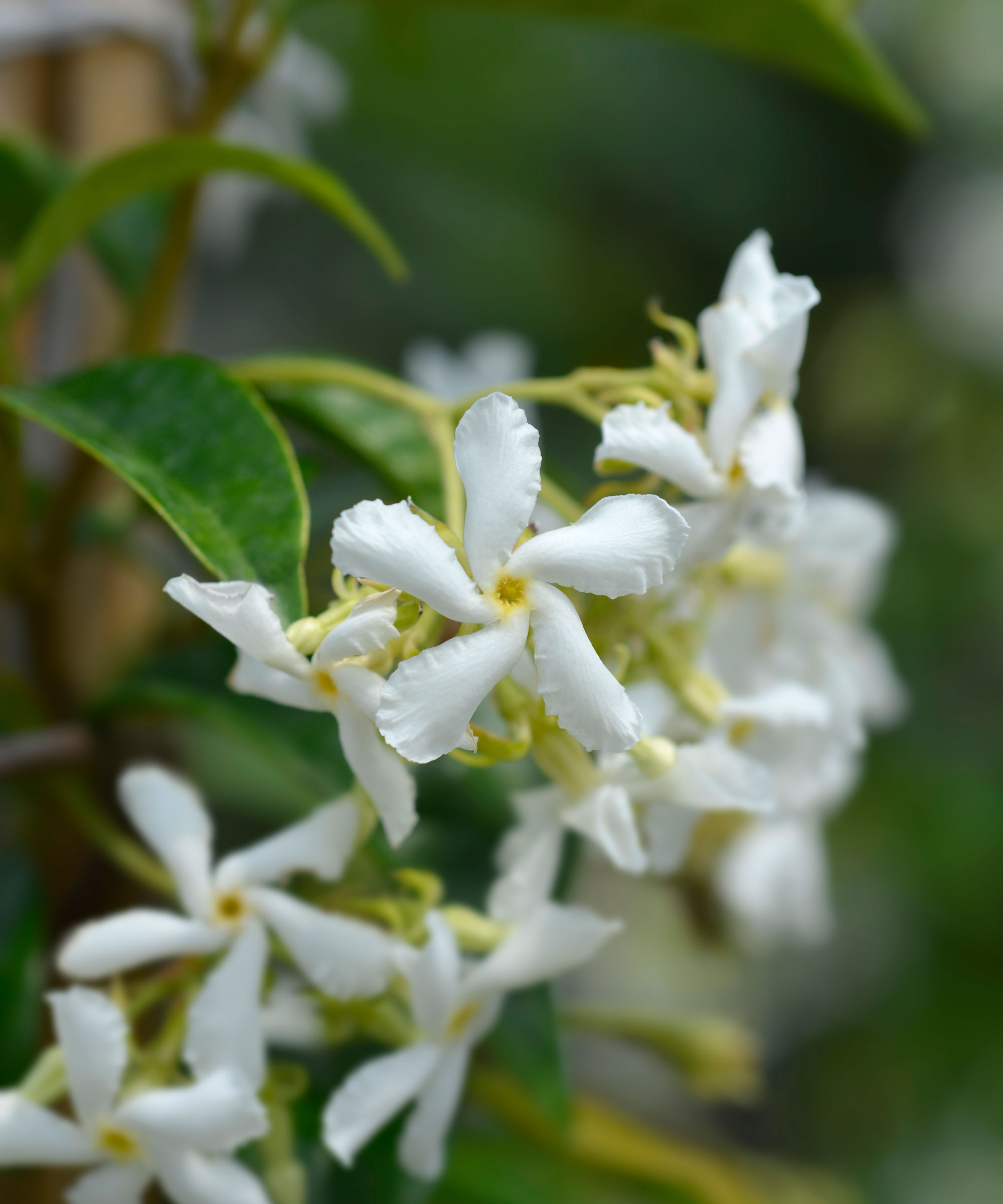
You can keep your star jasmine flowering for longer by pruning star jasmine once its blooms have faded to encourage new ones to grow.
You'll need to use essential gardening tools, like these Fiskars pruning shears from Amazon, to make clean cuts when pruning your star jasmine. It's also wise to read up on pruning mistakes to avoid to do this task successfully.
'As well as pruning, fertilizing it with a balanced fertilizer in the spring and midsummer will also encourage new blooms and keep your star jasmine blooming for longer,' notes Marek.
FAQs
Can you propagate star jasmine?
It's possible to propagate star jasmine from cuttings in water. Avoid water propagation mistakes by taking healthy cuttings around 5 inches long and removing any lower leaves. Keep the cutting in a warm and bright spot to help encourage roots and pot it up in well-draining soil after 4-8 weeks when roots have developed.
Why is my star jasmine not flowering?
There are a few reasons why your star jasmine might not be flowering. It could be because it has insufficient light levels, is sitting in oversaturated soil or simply that it is dormant. Star jasmine plants are evergreen but only bloom in summer. If it isn't flowering during the summer months, try adjusting its growing conditions and continue providing optimal care to encourage new growth.
Star jasmine is an excellent choice for a fragrant garden. Its sweet scent and climbing nature makes it a valuable addition to your yard to enjoy during the summer months.
If you're unsure how to grow your star jasmine, explore our list of beautiful climbing plant support ideas to find a styling option that suits your space.

Tenielle is a Gardens Content Editor at Homes & Gardens. She holds a qualification in MA Magazine Journalism and has over six years of journalistic experience. Before coming to Homes & Gardens, Tenielle was in the editorial department at the Royal Horticultural Society and worked on The Garden magazine. As our in-house houseplant expert, Tenielle writes on a range of solutions to houseplant problems, as well as other 'how to' guides, inspiring garden projects, and the latest gardening news. When she isn't writing, Tenielle can be found propagating her ever-growing collection of indoor plants, helping others overcome common houseplant pests and diseases, volunteering at a local gardening club, and attending gardening workshops, like a composting masterclass.